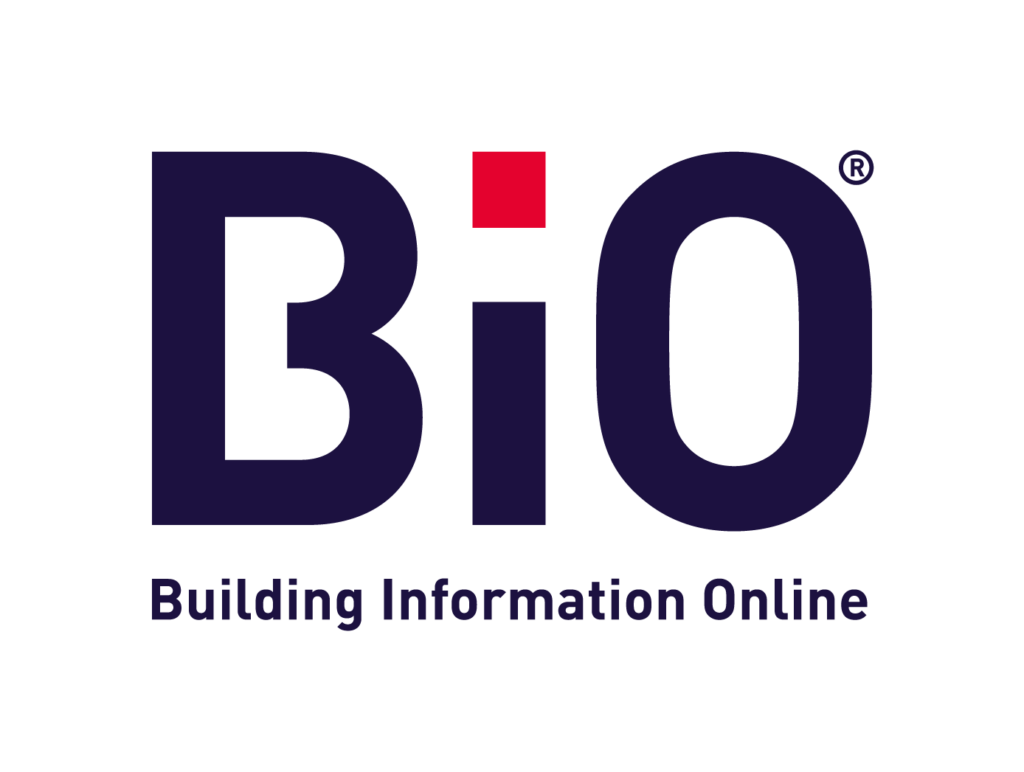
Then, Now, and Staying Ahead: Innovative Approaches to Health and Safety in FM
A look into modern strategies that FMs can use to maintain compliance and ensure workplace safety while staying proactive in a changing environment.
The Evolution of Workplace Safety
Health and safety in facilities management (FM) have come a long way over the past decade. What was once a primarily reactive, compliance-driven function has now transformed into a strategic, technology-enhanced discipline that prioritises prevention, well-being, and long-term sustainability.
In the past, safety was often viewed as a box-ticking exercise, with regulations focusing on physical hazards such as slips, trips, falls, and manual handling injuries. However, modern workplace safety is far more holistic. It now incorporates mental health, ergonomic design, climate resilience, cybersecurity, and predictive risk management.
The introduction of ISO 45001 has played a significant role in standardising global safety practices, shifting from a compliance-first approach to a more proactive and preventative safety culture. Today, facilities managers must integrate advanced technologies, data-driven insights, and sustainability initiatives to maintain compliance while ensuring a safer and healthier working environment.
Learning from the Past: The Smiler Incident at Alton Towers
A defining example of how safety failures can lead to serious consequences is The Smiler roller coaster accident at Alton Towers in 2015. A devastating collision on the ride resulted in life-changing injuries for several passengers, with two individuals requiring leg amputations. Investigations revealed that the incident was caused by human error and a lack of proper safety protocols.
This tragedy not only led to a £5 million fine for the theme park but also triggered significant changes in safety regulations across the UK amusement industry. Operators were forced to re-evaluate risk management procedures, implement stricter checks, and invest in more robust safety technologies to prevent similar incidents.
The Smiler case serves as a stark reminder that reactive safety measures are not enough. FM professionals must continuously assess risks, improve training, and embrace technology to minimise human errors and ensure compliance with evolving regulations.
How Workplace Safety Has Changed: A Look at 10 Years Ago vs. Now
Over the past decade, the way organisations manage workplace safety has evolved significantly, thanks to regulatory updates, emerging technologies, and shifting cultural priorities. Here’s how the FM industry has changed:
Regulatory Standards and Compliance
Then
Workplace safety regulations were primarily focused on physical risks, ensuring compliance with basic occupational health and safety (OHS) laws.
Now
There is a greater emphasis on mental health, workplace ergonomics, and environmental sustainability. Frameworks like ISO 45001 have helped organisations establish structured safety management systems.
Technology Integration
Then
Safety procedures relied on manual checklists, paper-based documentation, and physical inspections.
Now
Organisations now deploy IoT sensors, AI-driven risk assessments, and wearable technology to monitor safety conditions in real-time, predict hazards, and automate compliance tracking.
Data-Driven Approaches
Then
Safety data collection was often limited to incident reports, making it difficult to identify trends or take proactive action.
Now
Organisations use predictive analytics, AI-powered safety audits, and machine learning algorithms to analyse workplace safety trends and mitigate risks before incidents occur.
Employee Involvement and Training
Then
Safety training was a one-time event with limited employee engagement.
Now
Businesses use continuous learning programs, VR-based training, and interactive simulations to improve employee participation and preparedness.
Mental Health and Well-Being
Then
Mental health was rarely part of workplace safety conversations.
Now
Companies offer well-being programs, Employee Assistance Programs (EAPs), and manager training to help employees navigate stress, anxiety, and burnout.
Remote Work Considerations
Then
Safety measures were focused on on-site environments, with little attention to home office setups or digital security.
Now
Organisations now implement ergonomic home office assessments, mental health support initiatives, and cybersecurity training for remote workers.
Sustainability and Environmental Impact
Then
Workplace safety and sustainability were seen as separate initiatives.
Now
Businesses integrate sustainability into safety strategies, using eco-friendly materials, improved ventilation systems, and Net Zero-aligned safety practices to create healthier workspaces.
Communication and Incident Reporting
Then
Employees were often reluctant to report hazards due to fear of blame or disciplinary action.
Now
Anonymous reporting mechanisms and mobile apps encourage transparency and a stronger safety culture.
Harnessing Technology for Proactive Safety Management
Technology has revolutionised workplace safety in FM, allowing organisations to transition from a reactive to a predictive approach.
IoT sensors and smart monitoring systems now provide real-time data on critical safety factors, including air quality, structural integrity, fire risks, and equipment performance. These devices help FM teams detect potential hazards early, reducing workplace injuries and costly downtime.
AI-driven predictive analytics further enhance workplace safety by identifying trends and forecasting risks. Rather than responding to incidents after they occur, facilities managers can use AI insights to proactively prevent accidents and improve compliance.
Wearable technology has also become a game-changer. Smart helmets, vests, and wristbands monitor worker fatigue, exposure to hazardous conditions, and movement patterns, significantly reducing workplace injuries.
Embedding a Culture of Safety and Well-Being
While technology plays a key role in improving workplace safety, a strong safety culture is just as important. FM leaders must create an environment where safety is not just a legal requirement but a shared responsibility across all levels of an organisation.
Encouraging employees to report hazards, participate in safety discussions, and take ownership of risk mitigation leads to a more resilient workplace. Organisations can reinforce this culture by:
- Implementing gamified safety training programs to boost engagement.
- Encouraging open communication and anonymous hazard reporting.
- Providing mental health support and flexible work arrangements.
Sustainability and Safety: The Overlooked Connection
Sustainability and safety go hand in hand. Green building materials, improved ventilation systems, and Net Zero-aligned workplace designs all contribute to safer and healthier environments.
For example, solar panels and battery storage systems, such as what our work at Rye Hospital involved, offer environmental benefits but also introduce fire risks that must be properly managed. Facilities managers must ensure that sustainability initiatives align with comprehensive risk assessments to prevent unintended safety challenges.
The Future of Health & Safety in FM
The next decade will bring further advancements in AI, automation, and digital compliance. We can expect:
- AI-powered safety audits that eliminate human error.
- Robotic automation for hazardous tasks.
- VR and AR-based safety training for immersive learning experiences.
Facilities managers must stay ahead of these trends by continuously adopting new technologies, developing and maintaining a strong safety culture, and integrating sustainability into their strategies.



